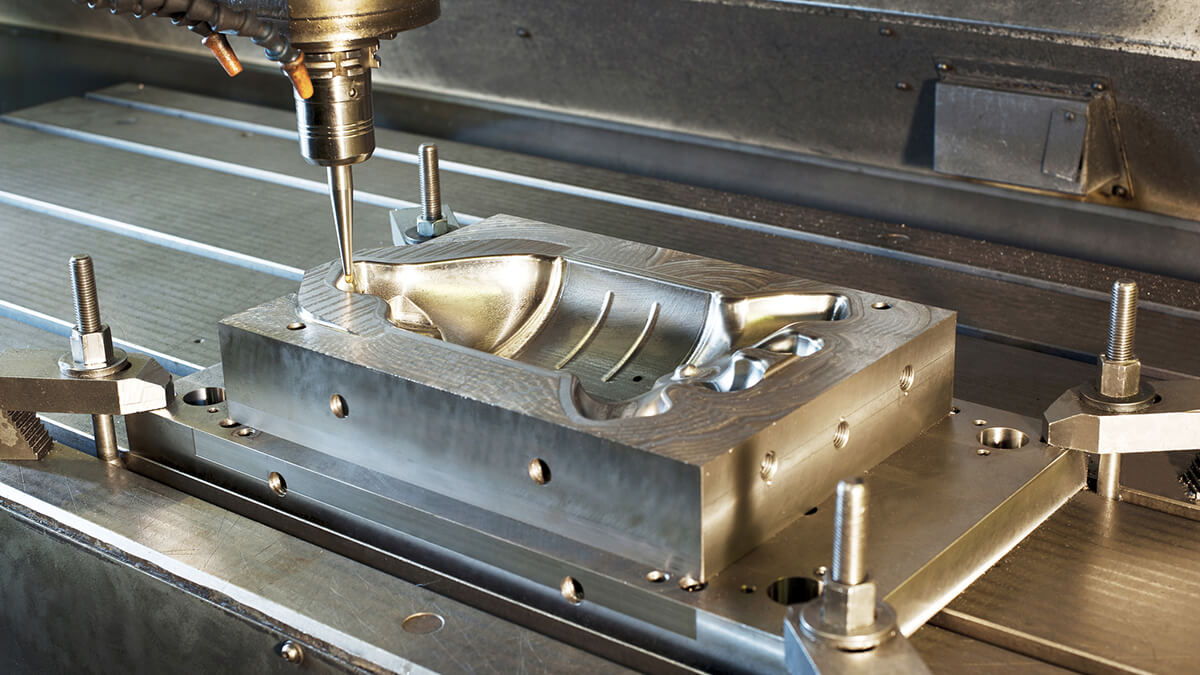In an era where cutting-edge technologies and materials seem to dominate the manufacturing landscape, it might be surprising to discover that traditional methods like A356 Aluminum Casting sand casting still hold a prominent place in modern industry. While 3D printing, CNC machining, and injection molding have revolutionized the production process, aluminum sand casting continues to offer a unique set of advantages that make it an attractive choice for a wide range of applications.
The Art of Aluminum Sand Casting
Aluminum sand casting is a casting process that dates back centuries, but its enduring relevance in modern manufacturing is a testament to its versatility, cost-effectiveness, and ability to produce complex parts with precision.
How It Works
The process begins with the creation of a pattern, which is a replica of the final part to be cast. This pattern can be made from various materials, such as wood, metal, or plastic. Once the pattern is ready, it is placed in a box or flask filled with a special sand mixture. This sand is often bonded with clay or other additives to give it the necessary strength and stability.
The next step involves creating a mold by pressing the pattern into the sand and then removing it, leaving behind a cavity that matches the pattern’s shape. Molten aluminum is then poured into this cavity, filling it completely. After the aluminum has cooled and solidified, the sand mold is broken apart, revealing the final aluminum casting.
Advantages of Aluminum Sand Casting
- Cost-Effective: One of the primary reasons for the continued popularity of aluminum sand casting is its cost-effectiveness. The materials and equipment required for sand casting are relatively inexpensive, making it an accessible option for both small-scale and large-scale production.
- Design Flexibility: Sand casting allows for the creation of complex shapes and intricate details that might be challenging or costly to achieve with other manufacturing methods. This design flexibility is particularly valuable in industries like automotive, aerospace, and art.
- Wide Range of Materials: While aluminum is a commonly cast material, sand casting can also be used for other metals, including bronze, brass, and iron. This versatility makes it suitable for various applications and industries.
- Customization: Sand casting allows for customization and rapid prototyping. Design changes can be implemented relatively easily, making it a favored choice for projects that require frequent iterations.
- Environmentally Friendly: Compared to some other manufacturing processes, aluminum sand casting has a relatively low environmental impact. Sand molds are recyclable, and the process doesn’t involve the use of harmful chemicals.
Modern Applications
Aluminum sand casting may be a traditional method, but it continues to find applications in various industries:
Automotive Industry
Automotive manufacturers often use aluminum sand casting for engine components, transmission parts, and other critical elements. Its cost-effectiveness, coupled with the ability to produce parts with intricate geometries and tight tolerances, makes it ideal for this sector.
Aerospace Sector
The aerospace industry relies on the lightweight properties of aluminum for many of its components. Sand casting provides a cost-efficient means of producing lightweight, high-strength parts used in aircraft and spacecraft.
Art and Sculpture
Artists and sculptors appreciate the creative freedom that sand casting offers. They can transform their artistic visions into tangible objects with the help of this method. It’s a testament to the adaptability of sand casting that it thrives in both industrial and artistic settings.
Industrial Equipment
Sand casting plays a pivotal role in the production of industrial equipment, such as pumps, valves, and machinery components. It allows manufacturers to create custom parts tailored to specific industrial needs.
Challenges and Considerations
While aluminum sand casting has many advantages, it’s not without its challenges:
- Surface Finish: Sand castings may require additional finishing processes, such as machining or polishing, to achieve the desired surface quality.
- Porosity: The sand casting process can lead to the formation of tiny air pockets or porosities in the final casting. This can affect the part’s mechanical properties and may require quality control measures.
- Limited Production Speed: Sand casting may not be the fastest method for high-volume production compared to other methods like die casting or injection molding.
Conclusion
Aluminum sand casting might be considered a classic method, but its enduring relevance in modern manufacturing is undeniable. Its cost-effectiveness, design flexibility, and ability to create intricate parts make it an attractive choice for a wide range of industries, from automotive and aerospace to art and industrial equipment.
As technology continues to advance, it’s crucial to remember that not all traditional methods are rendered obsolete. Aluminum sand casting stands as a testament to the timelessness of certain manufacturing techniques, proving that sometimes, the classics have a place in modern projects.
